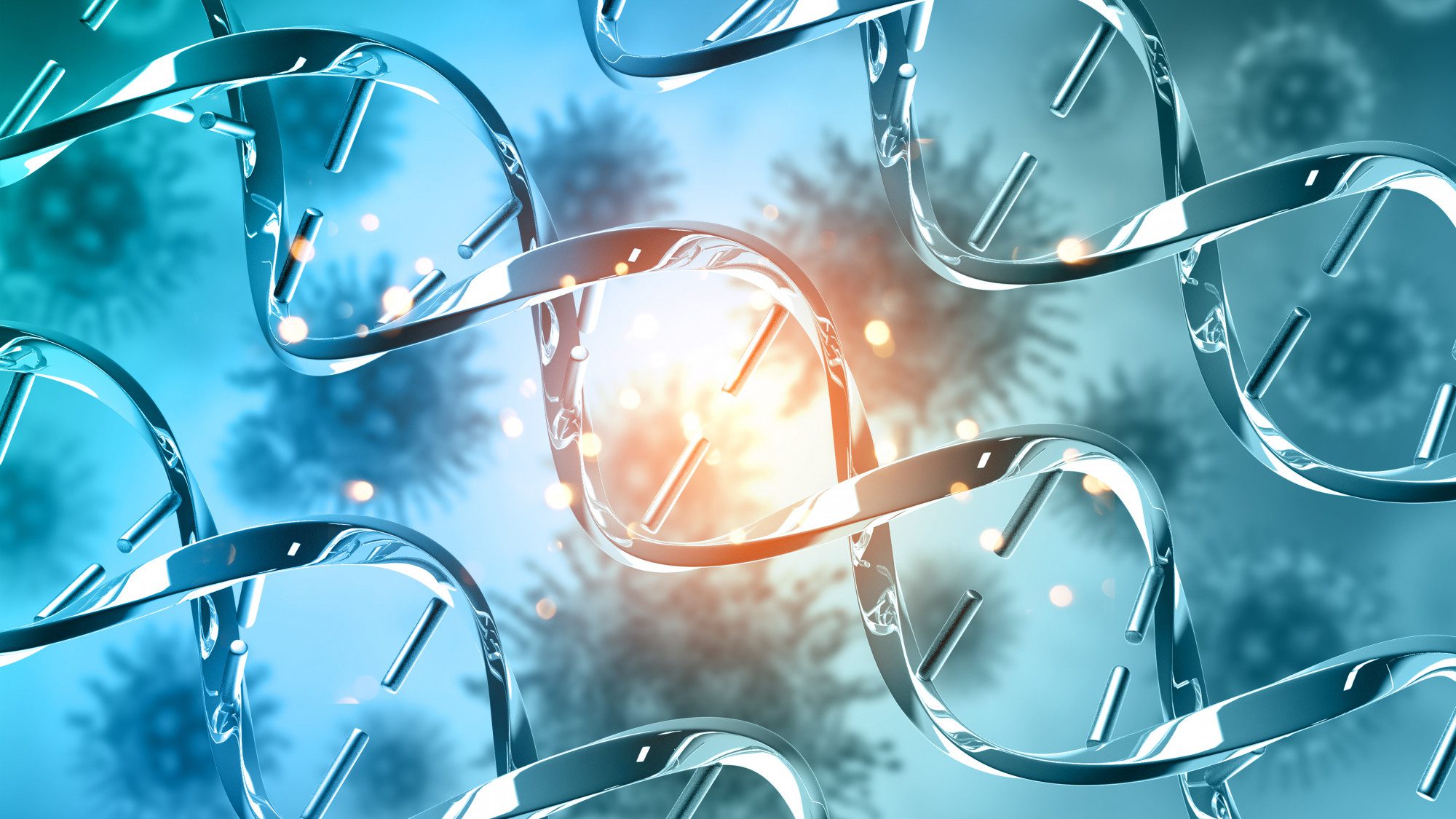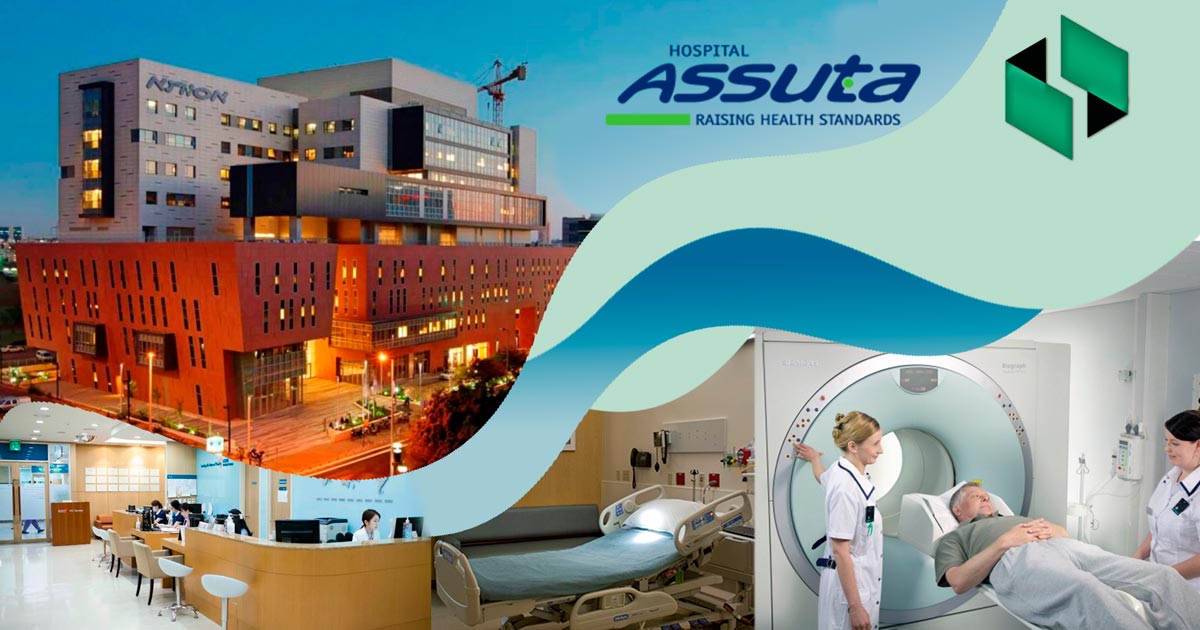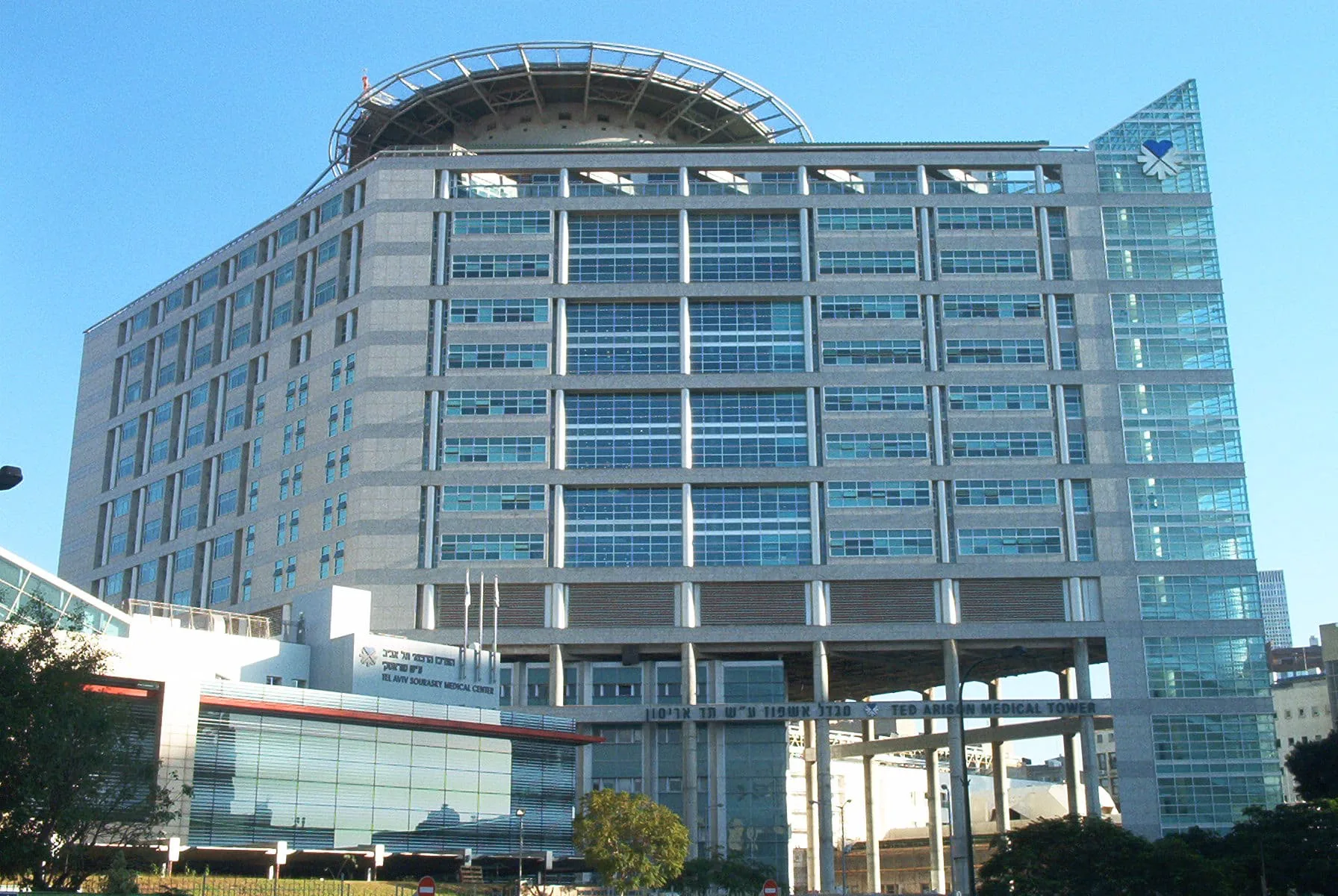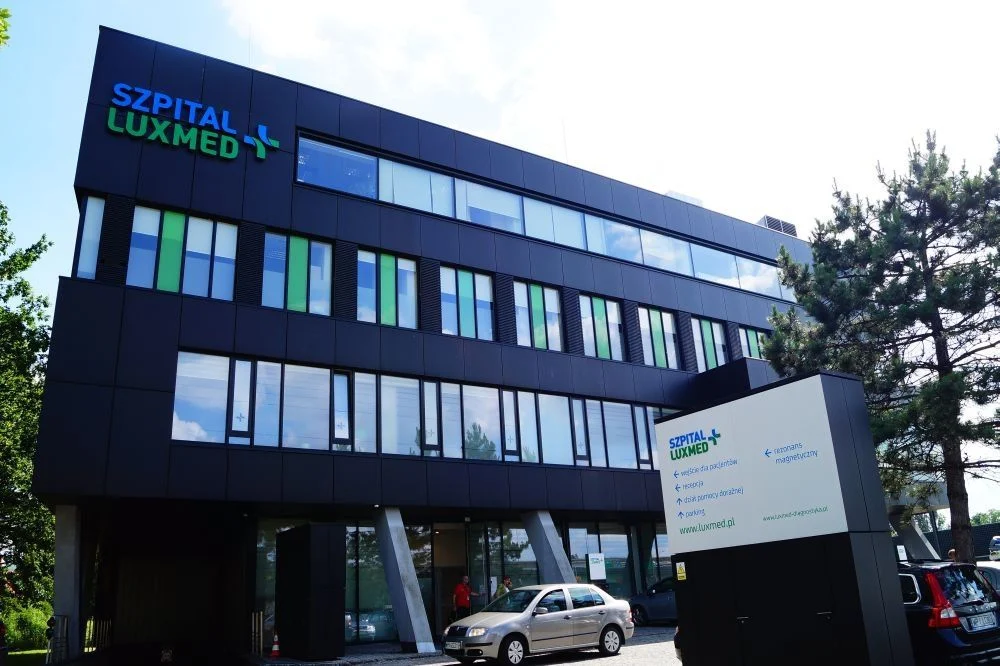Male infertility tends to be presented with statistics or diagnostic terminology; however, behind those figures, there is a profoundly human story – one of longing and resignation, while still holding hope. This tale is being rewritten by modern science with a new hand. Stem cells, which are primitive, self-copying entities able to make many different kinds of tissue, became a topic of interest as tools for bypassing and perhaps reversing infertility catastrophe, preferably around methods that replace structures responsible for normal sperm production. Instead of relying mainly on donor programs for relief, there is now a vision for stem cell infertility fighting.
Stem Cell Therapy Male Infertility
It may sound incredible, yet a stem cell-based approach to restore fertility in men is no longer pure fantasy. In research laboratories, scientists have managed to coax these cells into germ-like precursors, which are original form of sperm. This idea implies that an intact human body might be able to recover its abilities to manufacture proper gametes under suitable circumstances. It promises men the chance that infertility might not be an irrevocable sentence and that cellular medicine could actually correct it.
Idea behind stem cells sperm regeneration is at once bold and graceful. These cells like an empty piece of paper – they can write any destiny. So, given the right biochemical conditions of testicles, could they be induced to make sperm? There have been some attesting findings in preclinical studies, where transplanted cells actually turned into sperm cells. Bringing this accomplishment to human practice is fully-comprehensive, but continuation of technological progress means that we might now be on the verge of writing another chapter in this unfolding narrative.
Involvement of Stem Cells
Azoospermia – complete absence of sperm in ejaculated semen – is a reproductive health diagnosis against which everyone fights, but no one scores. Traditional therapeutic methods do little to help. And yet, above-mentioned cells are rewriting the story of azoospermia. Using them to replace the deteriorated or non-functioning testes, the goal of researchers is to alleviate impotence, restore fertility, and bring about sperm cells. Nevertheless, large-scale clinical evidence is lacking; early research suggests these cells might convert azoospermia from untreatable to treatable.
Possibilities Stem Cell-Based Fertility Treatment Offers
Considering future development directions for such treatments for infertility, here’re a few possibilities out there.
- Autologous Transplant: Use the patient’s own stem cells, ensuring that there will be no immune response against them.
- Allogeneic Sources: Cells transplanted from a donor for repair.
- Induced Pluripotent Stem Cells: Adult cells taken from an individual are reprogrammed and guided towards generating germline cells.
- Paracrine Signaling: these cells serve less as a direct replacement for cells damaged in an accident than as messengers releasing factors that stimulate recovery.
Each of these routes brings its own set of dilemmas, ranging from moral debates about germline development through unknown cell sources to issues of human safety, etc.; they combine into a scene full of possibility.
Difficulties and Ethical Enlightenment Afforded by Stem Cells Infertility Treatment
This method – most powerful of all biomedical shovels – has a series of challenges. Its critics are now raising questions on the reliability of genetic stability, durability outcomes, and unintended effects on other parts of the body. Ethical considerations also remain: when do science and philosophy blend if germ cells find birth in a test tube? However, for couples struck dumb by infertility, these strategies may light up some corners where no light had shone before.
Conclusion
Stem cells stand on the threshold of a new age of healing. For men deprived of fatherhood, especially those diagnosed as azoospermic, they could provide more than mere treatment – they might provide a way to have children who are truly their own. These are the most versatile building materials in nature. Participants in such therapies for male infertility are further evidence of the power modern medicine has to transform what was thought impossible into reality. Someday, thanks to stem cells, silence of infertility might be back again as a song of new life.
Can stem cells cure male infertility?
Research is still ongoing, and most therapies involving these cells remain experimental and not yet available on a widespread scale as clinical treatments, though they hold out hope for regenerating sperm and restoring fertility.
How much does a shot of stem cells cost?
Prices vary according to both country and clinic but run from several thousand to tens of thousands of dollars. Cost depends more upon source (research vs. clinical use), preparation, and method of administration.
What is the success rate of stem cell treatment for azoospermia?
Results are still coming in. Early clinical tests look promising, but we are still waiting to see what large, conclusive studies will show.
Does stem cell therapy work for fertility?
Yes, specialists are studying the helpfulness of these cells for ovarian rebuilding and endometrium renewal. But keep in mind, as with male fertility, all these therapies are at an experimental stage.











